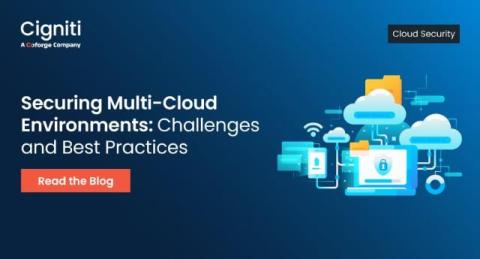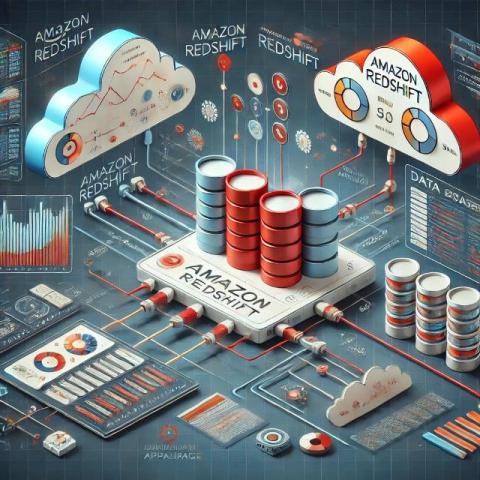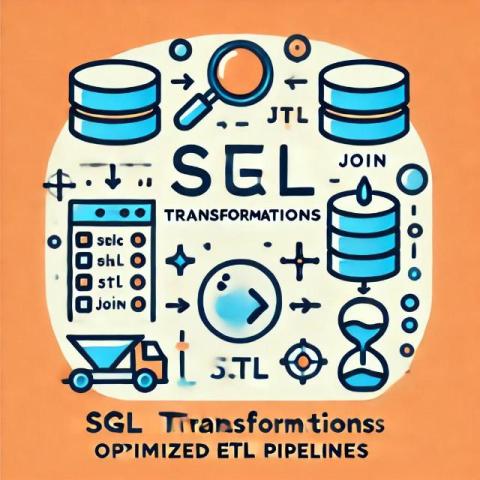The Fall and Rise of Embedded Plugins: APIs For Embed Frameworks
Although important to see alternatives to iframes, iframes are still a valuable and commonly applied method for successful embed frameworks. And even if considering alternatives, iframes help to understand possibilities, along with design and technical details to consider for a successful platform. There’s more to embed Frameworks than letting partners appear in your interface.











